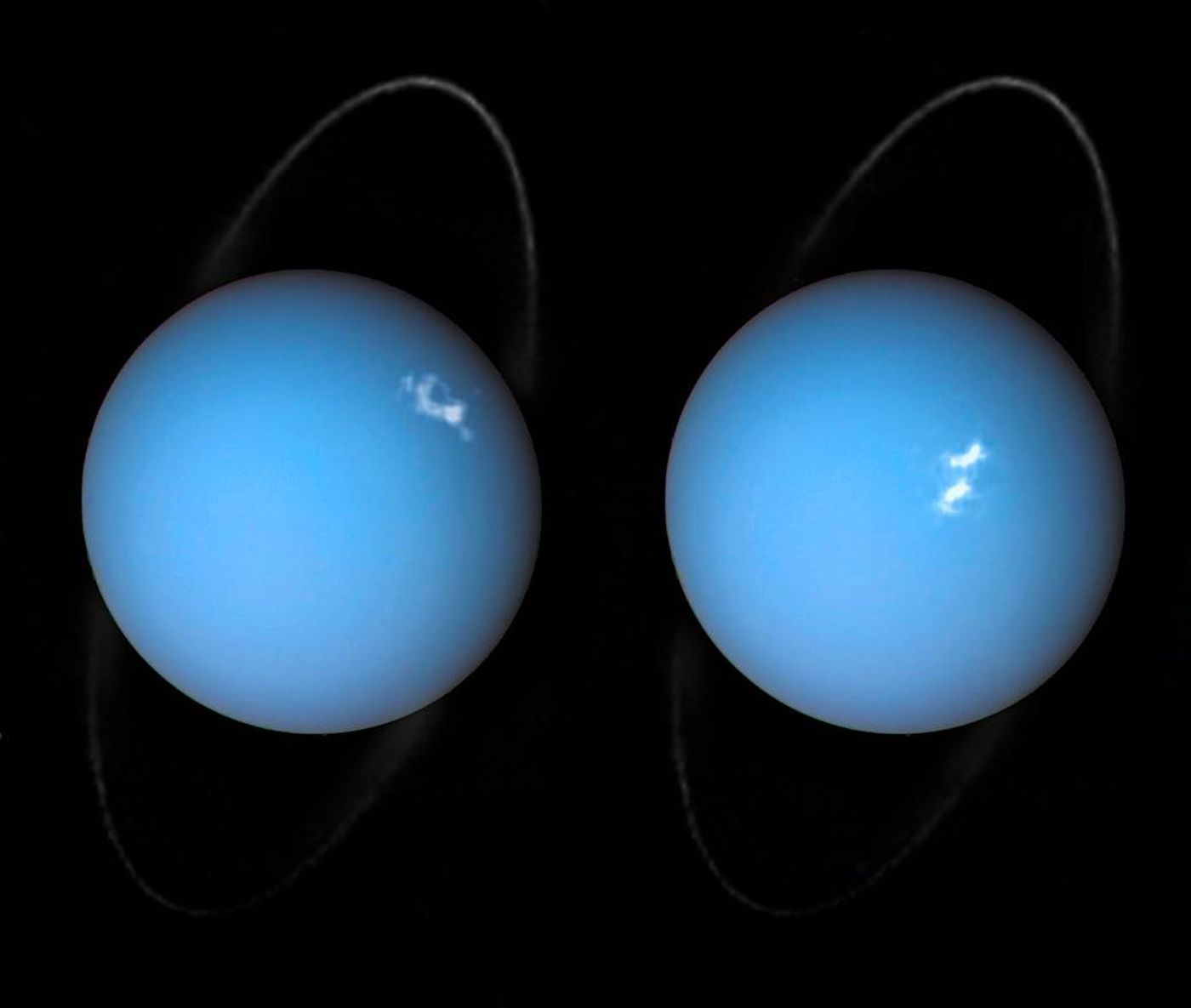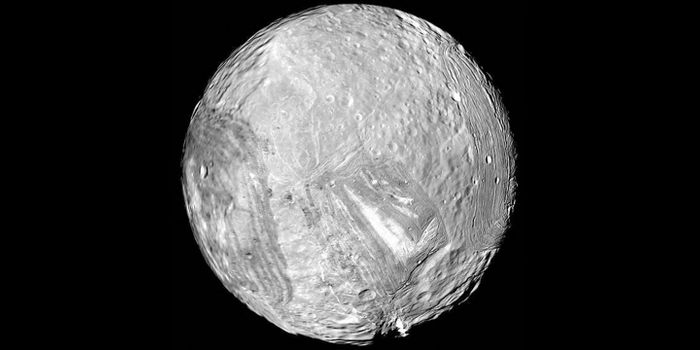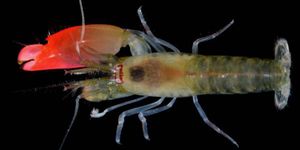Hubble Spots Uranus' Version of the Aurora Borealis
Most are probably familiar with the Northern Lights on Earth, which are known to the scientific community as the Aurora Borealis. These are the incredible light shows that are caused by charged particles from the Sun slamming into our planet’s magnetic field, and is a direct result of solar wind having an influence over the Earth.
On the other hand, Earth isn’t the only planet in the solar system that can experience visual side effects from these charge particles slamming into its magnetic field; so can others. The phenomenon has also been observed on both Jupiter and Saturn, and some of Hubble’s latest images even show it occurring on Uranus.
Image Credit: ESA/Hubble & NASA, L. Lamy / Observatoire de Paris
NASA shared these composite images noting that they are a combination of data collected by the Voyager 2 spacecraft from the 1980’s as well as the Hubble Space Telescope’s ultraviolet light camera known as Space Telescope Imaging Spectrograph (STIS) in modern times.
For what it’s worth, we have documented these auroras on other planets quite frequently, but not so much on Uranus. That said, these images are quite valuable to the scientific community because they allow us to gaze upon something we don’t have much information about and to learn more about how auroras occur there.
Related: Evidence discovered for more moons orbiting Uranus
Auroras can occur from charged particles, and this much we know, but sometimes the source of said charged particles isn’t clear. The Sun is the most common source of these charged particles, but it’s not the only source. As NASA indicates in their statement, other sources include the planetary ionosphere and volcanic activity on a planet’s moons – Uranus has 27.
The observations made with Voyager 2 and Hubble Space Telescope allowed NASA scientists to come up with the conclusion that the auroras actually rotate along with the planet. They also came with the added benefit of allowing scientists to pinpoint where exactly the planet’s poles are located.
We lost track of Uranus’ poles long ago due to the planet having such a bland surface that there really aren’t any reference points to speak of. Voyager 2 reportedly found them back in 1986, but the measurements were unclear, so scientists were forced back to the drawing board.
It would appear that although Hubble is getting old, it’s still an active performer in our Solar System and beyond. Soon, however, the James Webb Space Telescope (JWST) will replace it as the modern observer of the universe. It’s slated to launch some time in 2018.
Source: NASA









